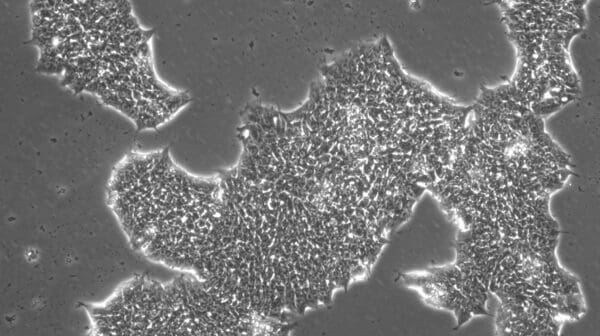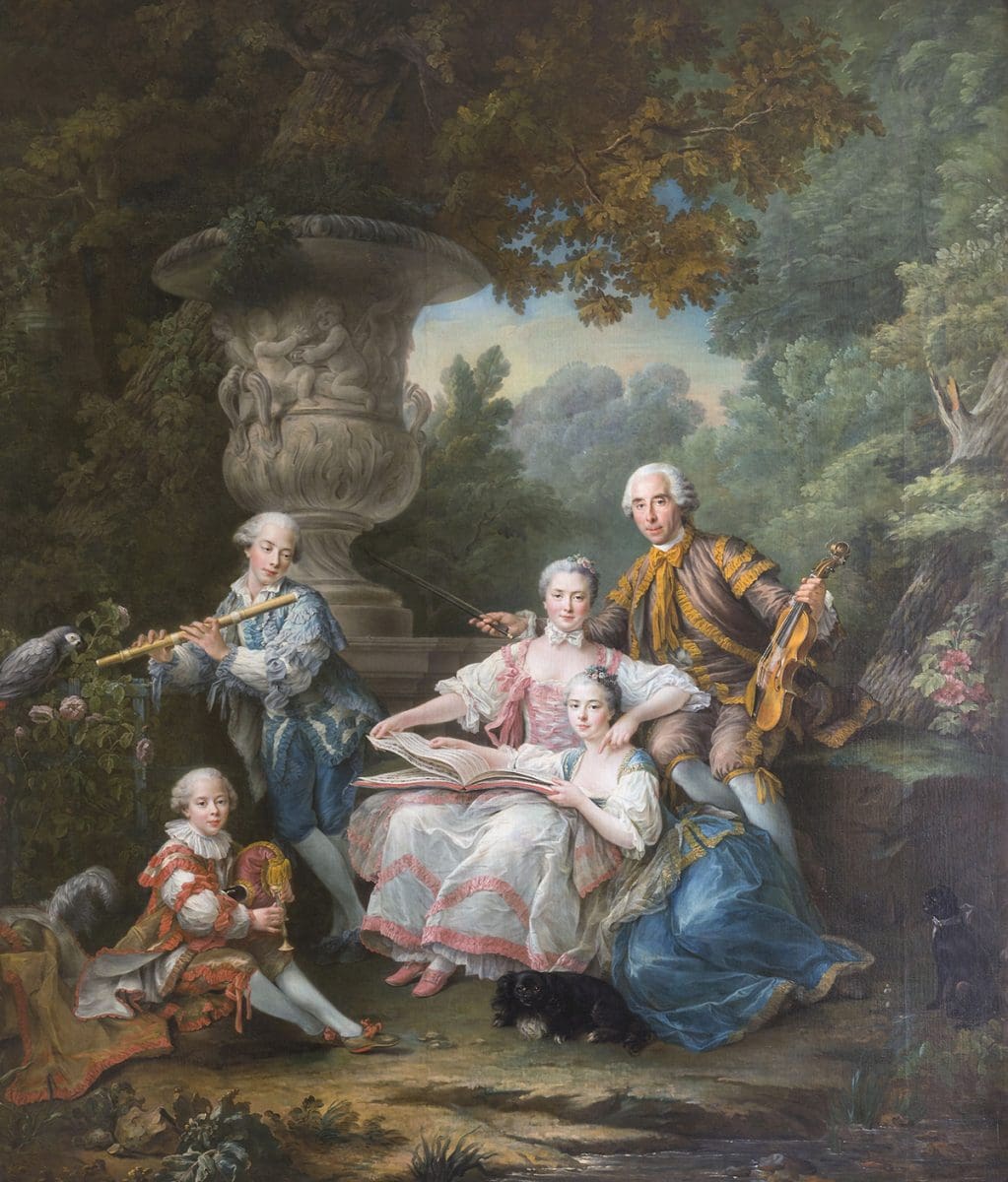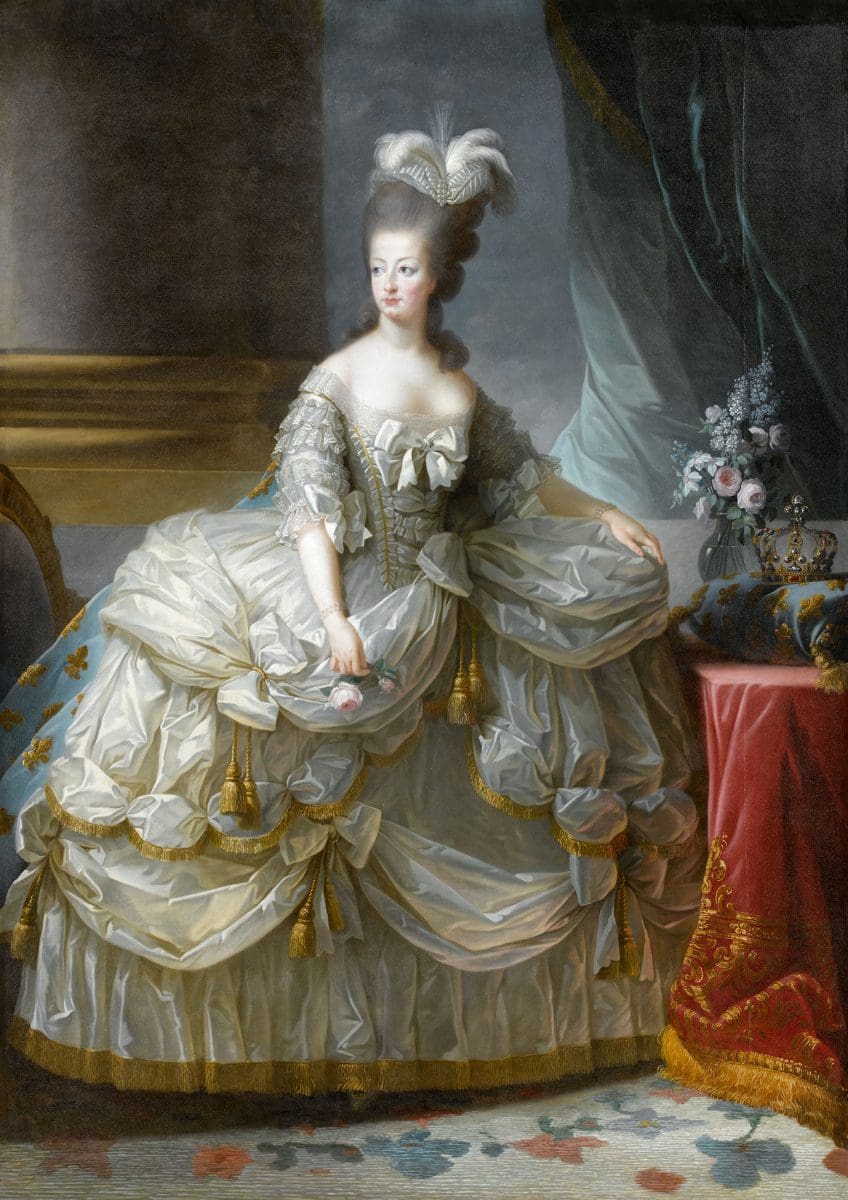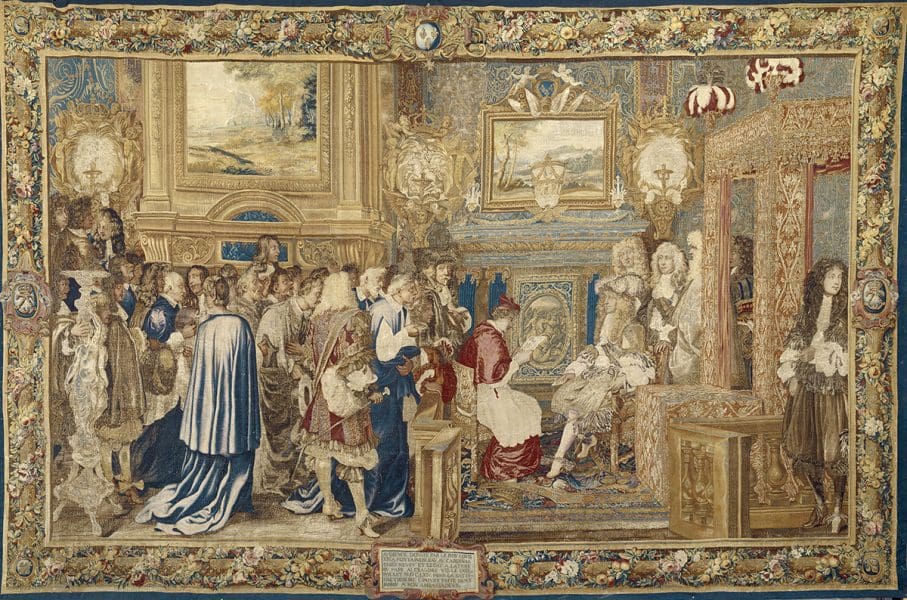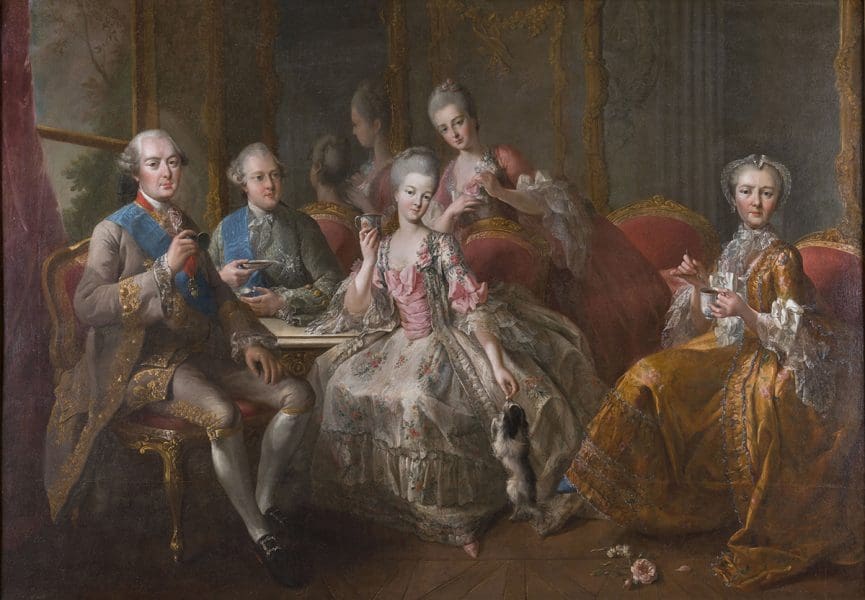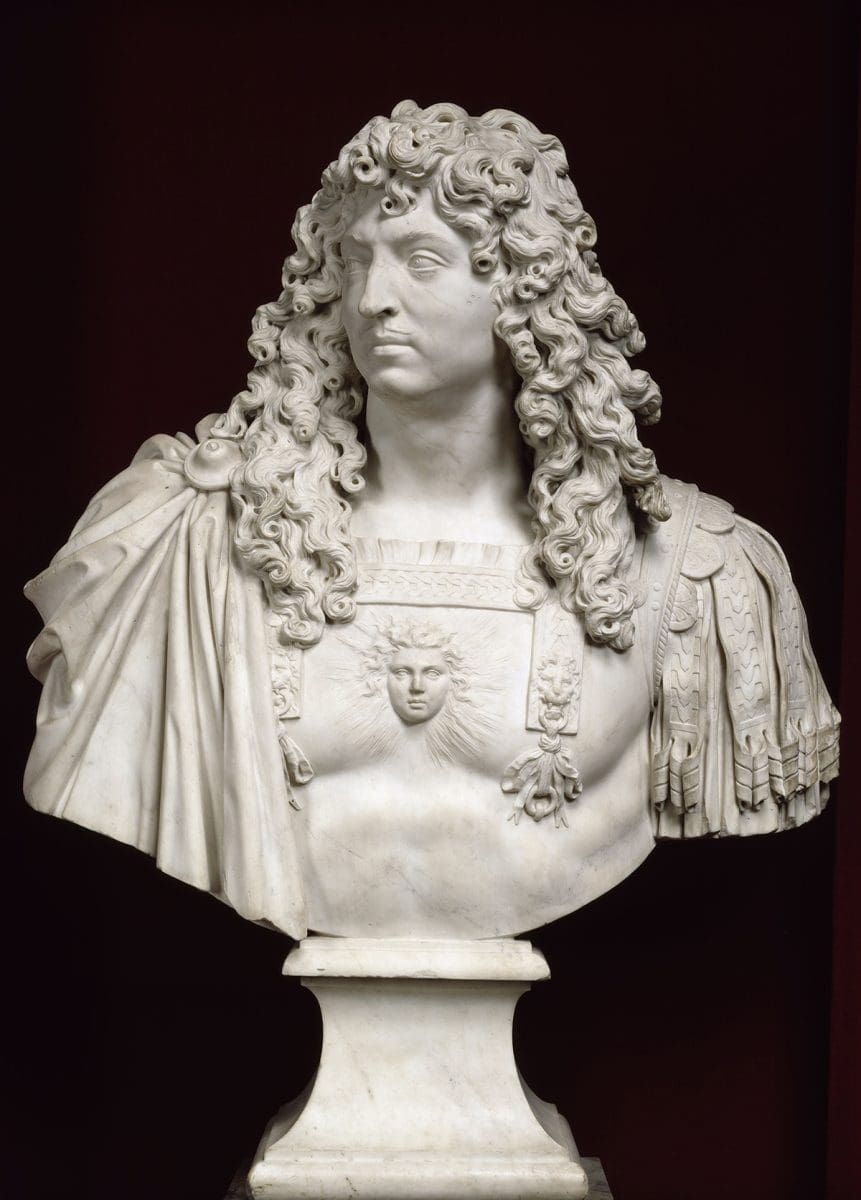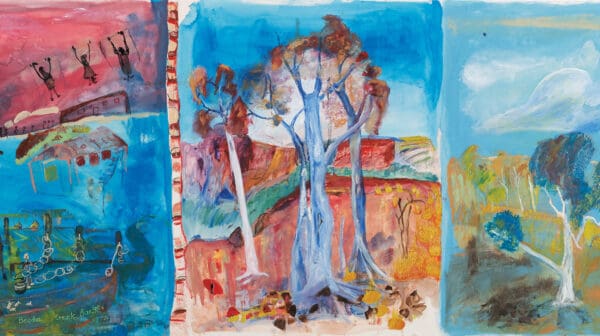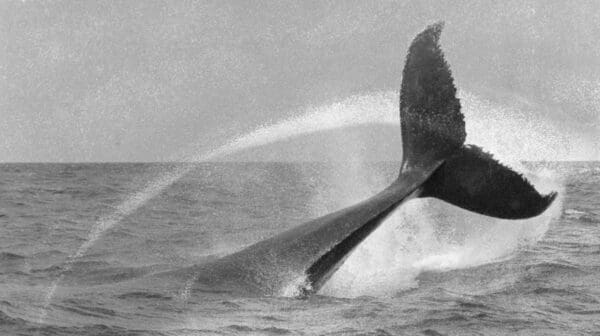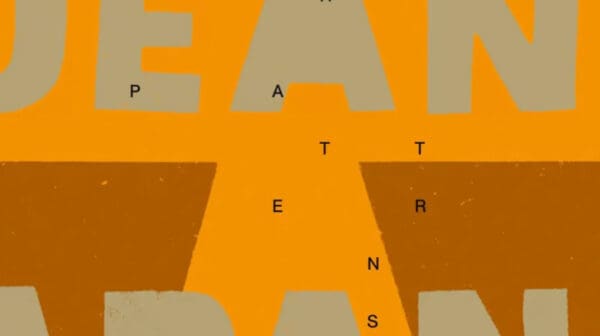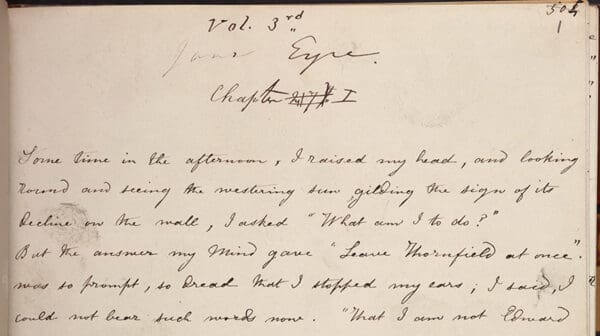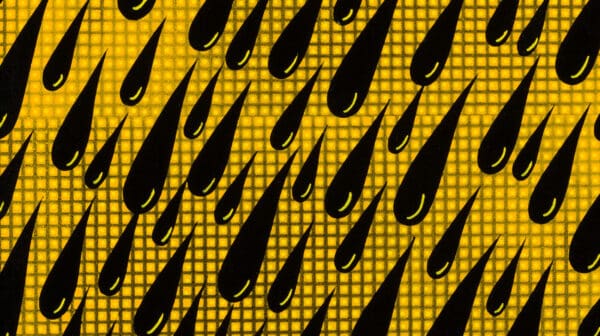Absolute power and absolute luxury are familiar bedfellows. Transformed from a hunting lodge on swampy grounds to a spectacular French palace housing over 20,000 people, Versailles is a pinnacle of power and luxury. From 1682 until 1789, it hosted the reigns of three French kings, their queens and their mistresses, each of whom added their own style to the design and furnishings.
A major restoration program at Versailles has allowed a number of significant objects to travel from France to Australia for the first time. In Versailles: Treasures from the Palace, more than 130 paintings, meticulous tapestries, pieces of gilded furniture and garden sculptures offer a sense of the rampant extravagance surrounding the French royals. As a collection, they also provide a reflection of key moments in art history, particularly the theatrical nature of baroque and rococo.
A standout inclusion in the exhibition is a portrait of Marie Antoinette, the ill-fated wife of Louis XVI, by her favoured portrait painter and close friend, Elisabeth Louise Vigée Le Brun. Completed in 1778 and measuring over two metres tall, Vigée Le Brun’s Marie Antoinette in Court Dress shows the queen in a billowing formal court gown resplendent with tassels and bows, topped o by her famed feathered pouf hairstyle.
Contrasting with imposing inclusions such as the Marsy brothers’ 1.5-tonne marble statue of Latona and her children, are smaller items of personal significance. A delicate gold reliquary that belonged to Louis XIV’s mother and Marie Antoinette’s handcrafted harp add an intimacy to the exhibition, which is further enhanced by immersive audio-visuals designed to evoke what life at Versailles may have been like.
Versailles: Treasures from the Palace
National Gallery of Australia
9 December – 17 April 2017
